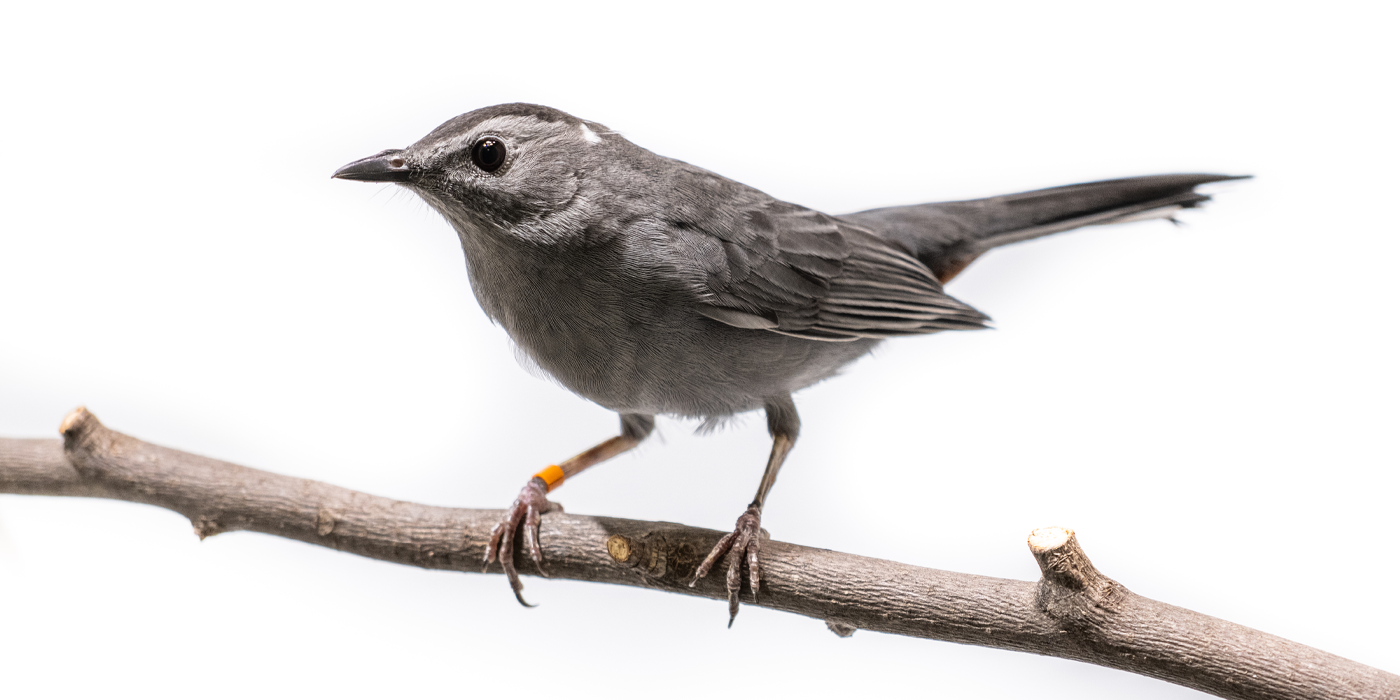Physical Description
Size
Native Habitat
Lifespan
Communication
Food/Eating Habits
Sleep Habits
Social Structure
Reproduction and Development
Males sing to attract mates early in the breeding season. Female catbirds build big, deep nests in thick underbrush or shrubs. The males sometimes help by bringing nesting materials, including sticks, straw, tree bark and occasionally trash! Inside the nests are lined with fine, soft material including hair, grass and pine needles to cushion the eggs. Nests are usually about four feet off the ground, though they can also be on the ground itself or up as high as 60 feet. They lay three to five turquoise-colored eggs in each clutch and can have two to three clutches a season.
The female incubates the eggs for 12 to 15 days, while the male guards her and the nest. After hatching, both parents feed nestlings for 10 to 11 days until they are big enough to leave the nest.
Brown-headed cowbirds often lay their eggs in the nests of catbirds and other species. Catbirds, however, typically distinguish between their eggs and those of cowbirds. Mothers seem to scrutinize the first egg they lay and then destroy any eggs that look different thereafter.
Conservation Efforts
Help this Species
Be a responsible cat owner, and keep cats indoors or under restraint when outside. Never release animals that have been kept as pets into the wild.
Plant native flowers in your garden to help feed resident and migrating pollinators. You'll make your lawn beautiful and help wildlife at the same time!
Growing, transporting and preparing food uses a lot of resources, so choose local, seasonal produce when possible. A significant amount of food waste also ends up in landfills, so only buy what you can eat.
Share the story of this animal with others. Simply increasing awareness and educating others about the threats invasive species pose to local ecosystems can help protect native environments.
Smithsonian's National Zoo and Conservation Biology Institute. (n.d.). Gray catbird. Retrieved December 29, 2025, from https://nationalzoo.si.edu/animals/gray-catbird



